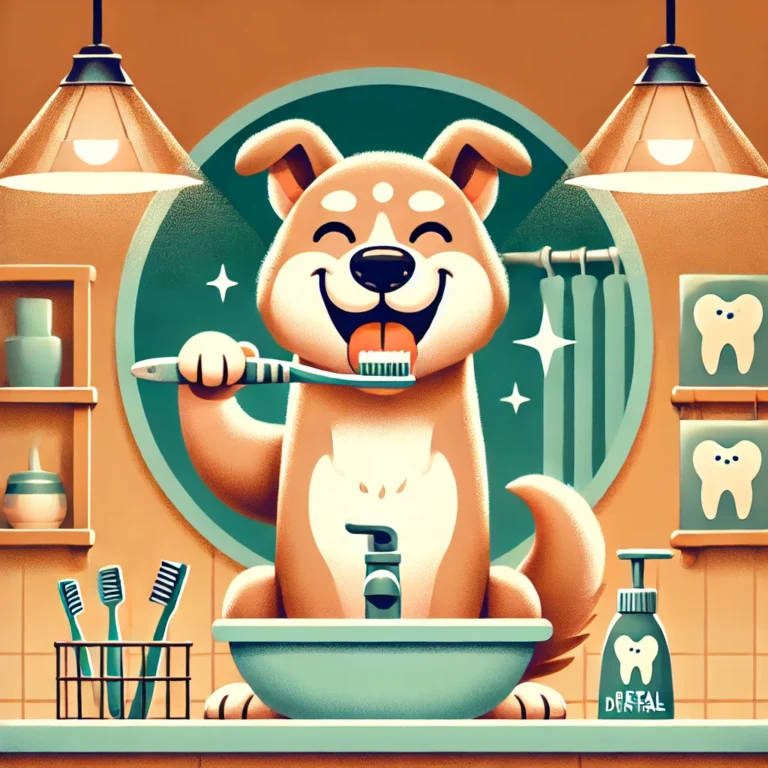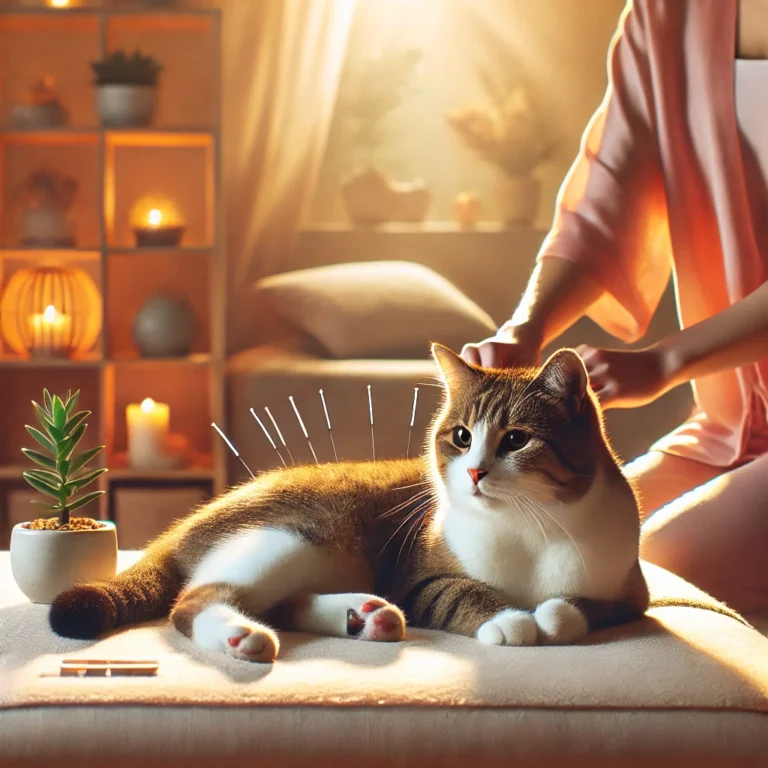10 Warning Signs Your Cat Has a Urinary Tract Infection
I might receive a small commission if you click on our links and make purchases. However, please keep in mind that this does not affect reviews, product comparisons, or recommendations. We try to keep things fair and balanced to help you choose your needs best. Clicking the link does not affect your total cost.
Introduction:
Did you know that up to 3% of cats visiting veterinary clinics are diagnosed with urinary tract infections (UTIs)? Cats are notorious for hiding their discomfort, but when it comes to urinary tract infections, paying attention to subtle changes in behavior can make all the difference. Did you know that feline UTIs are often mistaken for behavioral issues? But they can lead to serious complications if left untreated. From changes in bathroom habits to signs of pain, it’s important to recognize the early signs to get your furry friend the care they need. Let’s dive into the top 10 warning signs that could indicate your cat is dealing with a UTI!
Frequent Trips to the Litter Box:
If your cat visits the litterbox more often than usual but only produces a small amount of urine, it’s a sign that something is wrong. UTIs usually make cats feel the constant need to urinate. This frequent urination is caused by bladder irritation or inflammation. Watch closely to see if your cat is trying to go but only releasing a few drops each time. Cats are creatures of habit, so noticeable changes in litter box frequency should be monitored.
Straining to Urinate:
Straining to urinate is another telltale sign. Your cat may crouch in the litter box longer than usual or appear to be in discomfort as it tries to pee. Cats with UTIs may experience blockages or inflammation that make it difficult for them to fully empty their bladders. If left untreated, straining could lead to more severe issues, such as bladder rupture, especially in male cats, who are more prone to urinary blockage.
Blood in Urine:
One of the most concerning signs is blood in your cat’s urine. It can appear as pink-tinged liquid, small blood clots, or darker-than-usual urine. Blood in the urine is also called hematuria. It is a common sign of bladder infections, kidney disease, or urinary crystals. If you notice any discoloration or unusual consistency in your cat’s urine, it warrants attention from a vet.
Urinating Outside of the Litter Box:
Cats with UTIs often urinate outside the litter boxes. While this behavior can be frustrating, it’s typically their way of signaling discomfort or pain. Infections cause discomfort when urinating; your cat may associate the litter box with this pain. As a result, they may try to avoid it by urinating on soft surfaces like bedding, carpets, or laundry. While there are behavioral reasons for litter box avoidance, a UTI should be ruled out first.
Crying Out in Pain:
Cats may vocalize more, especially when attempting to urinate if they are experiencing discomfort from a UTI. Cats are known to hide pain, but when it’s severe, they may start meowing or yowling while in the litter box or when touched near their abdomen. If your usually quiet cat suddenly starts crying, particularly during or after urination, it could indicate a UTI or even a blockage, which is an emergency.
Excessive Licking of Genital Area:
Cats are fastidious groomers, but excessive licking of their genital area could signal irritation or infection. With a UTI, your cat may lick more frequently to soothe the pain or discomfort in the urinary tract. Overgrooming may also irritate the skin, leading to further complications. Please pay attention to whether your cat is licking this area obsessively, as it could be a strong sign of a UTI.
Decreased Appetite:
Cats with UTIs may lose interest in their food. A reduced appetite can be a result of discomfort or a general feeling of malaise caused by the infection. Infections, including UTIs, can affect your cat’s overall well-being. A sudden drop in food consumption can lead to further health issues, such as dehydration or weight loss, both of which are concerning in cats, especially if the UTI is causing additional stress to their bodies.
Lethargy or Depression:
Infections can drain your cat’s energy. Cats with UTIs tend to appear less active or hide more than usual. This general lethargy is a sign that they are not feeling well. Cats may also sleep more, show less interest in play, or withdraw to quiet areas of your home. Lethargy is common with many illnesses but paired with symptoms; it points toward a potential urinary tract infection.
Strong Odor with Urine:
Your cat’s urine may smell stronger or more pungent than usual. This is often a sign of infection. A UTI can cause bacteria to thrive in the urinary tract, resulting in foul-smelling urine. If you notice an unusually strong or bad smell from the litter box, it could be a sign that your cat is fighting an infection.
Weight Loss:
Unexplained weight loss is another potential symptom of a UTI, especially if it’s been ongoing for some time. Weight loss can occur when your cat feels unwell and isn’t eating properly. In combination with decreased appetite, weight loss is a serious symptom that could indicate an ongoing infection or other health complications. If your cat has been losing weight alongside urinary issues, consult a vet right away.
Conclusion:
UTIs can be uncomfortable and even dangerous for cats if not detected early. As a cat parent, recognizing these warning signs is key to ensuring your feline friend stays healthy and happy. If you notice any of these symptoms-especially a combination of several, it’s crucial to visit your veterinarian for a check-up. Early diagnosis and treatment can help prevent more severe issues down the line. Don’t wait for things to worsen; act now to ensure your cat’s urinary health stays in check!
Staying vigilant about your cat’s urinary health is a crucial part of being a responsible pet parent. By familiarizing yourself with these ten warning signs of feline UTIs, you’re proactively safeguarding your furry friend’s well-being. Remember, early detection is key! If you notice any of these symptoms, don’t hesitate to consult your veterinarian. Your quick action could make all the difference in your cat’s comfort and recovery. Keep those litter boxes clean, water bowls full, and eyes peeled- your feline companion is counting on you!








